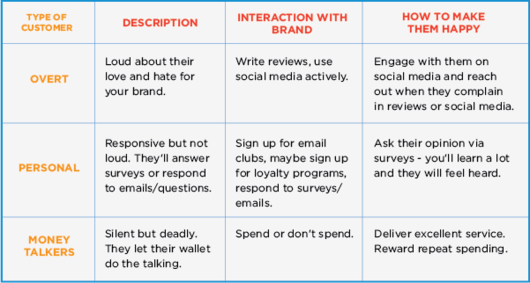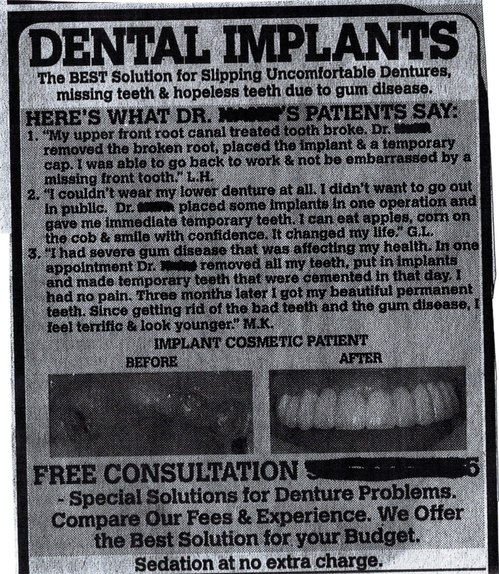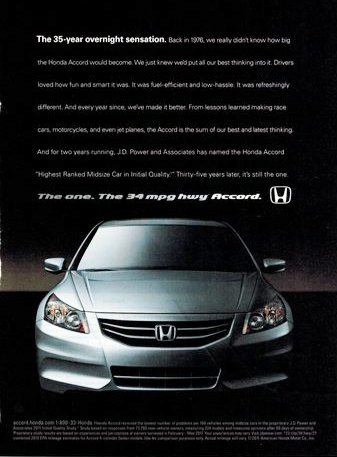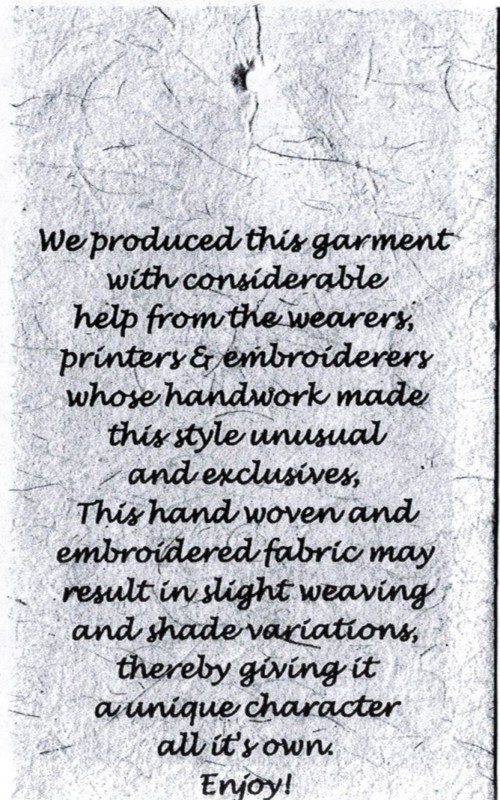As I speak with franchisors, multi-unit decision franchisees and their marketing teams. I am hearing some very common themes from some of the top franchises in the nation and even new and upcoming ones.
If you are reading this and are a franchised company or multi-unit operation, you understand better than anyone the incredible challenges that your business model faces. In addition to keeping up with the competition and staying ahead of the curve, segmented marketing options are making it difficult to properly manage, sustain and protect your brand identity and marketing efforts.
As franchise marketing challenges continue to grow, you need tools that will enable you to get a grip on your brand and maintain its identity while giving your franchisees the freedom to cater to their unique local markets, in a way that represents both you and the franchisee accurately. The trick is finding a tool that is both cost-effective and flexible enough to meet those challenges without compromising the brand you have worked so hard to build.
Here as some common themes I am hearing.
1. Franchised businesses face very specific issues, particularly when it comes to localized content and marketing. Whether franchisees expect that name recognition alone will gain them customers or they have their own special methods of advertising and marketing to their local niche, brand consistency is the most vital component of successful franchise companies. Still, it can be difficult to retain brand consistency when facing the following challenges:
2. Franchisees are typically not marketing-savvy and therefore resort to simply running the business, relying solely on the brand to get them through.
3. Franchisees are ok with supporting the national brand but want it localized, so they take matters into their own hands, using content or marketing tactics that damages or ignores the brand altogether.
4. There is not an end to end marketing system in place to monitor, drive and sustain the brand. In turn the franchisees sometimes get creative to localize promotions or products or services that they offer to cater to the local market. In their mind they are left to fend for themselves as the franchisers expect them to find or customize locally relevant content or marketing promotions.
Based on my experience as a franchise, I also believe.
1. Tools for localized marketing are clunky and difficult to navigate, and often buried in the company CRM. So even when franchisees are willing and able to build communication to speak to the local client base, it becomes cumbersome and intimidating to do so.
2. Most importantly, let's be honest, you would be lucky to get 10% participation across the board from traditional tools incorporated in CRM's. ( There are exceptions)
3. Franchisors are not accessible to franchisees or owners are busy running the business, making communication difficult and putting the Franchise brand at risk. I know I know... there is typically one or two in a typical franchisor marketing team for small and large chains alike. You can only do so much. Sometimes you just need a little help.
4. Franchisees are ok with paying into supporting the national brand but get frustrated that the content does not speak to the local product mix or growth vertical they are capitalizing on. They would like a little input or control. That would make them real happy!
It is also well known that Franchise Marketing tools that collect dust. We have all seen them, 10 year old marketing collateral that was brought in with good intentions but were not utilized properly at the time and fell into the hands of an unsuspecting customer. Sometimes with an old offer or pricing that makes conversations awkward and damages brand and cuts into profitability.
Content Curation Tools as a Solution
One type solution to the many challenges faced by franchisors and savvy business owners in the franchise business today is the use of content curation tools.
Content curation tools gives franchisors an outlet to control the company's brand identity without limiting franchisees in their local content, promotions or other marketing.
Franchisors can push national marketing direction to the franchisees often housed on the company website or blog and share basic marketing materials and content for the franchisees to change out if they feel necessary. This could include products , services, calls to action, promotions, specials etc.
Franchisees can edit or alter certain controlled aspects of the messaging to reflect the brand's presence in their local community, all without compromising the image that the company has worked to create. Given the limited resources most companies have we build and provide the newsletter content for you (with your guidence of course).
So most Directors of Marketing can simply make a few suggestions to edit and then publish to the local franchisees who can then edit from a selected amount of related local content or offers and share via email list or share socially via Twitter , Facebook etc.. It is a simple, inexpensive and all-encompassing way to control your message, give the local franchisees an opportunity to get involved and fine tune content and offers on a local level which at the end of the day, should retain and grow existing business as well as gain new customers.
What else? What other challenges are there? I would love to hear from you or chat about possibilities.
For the 5 Most Fascinating Stories in Franchising, a weekly report, click here & sign up.








